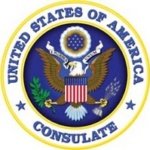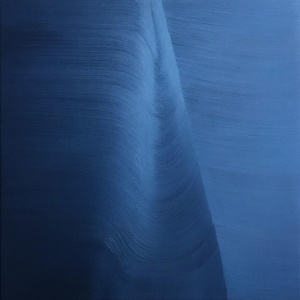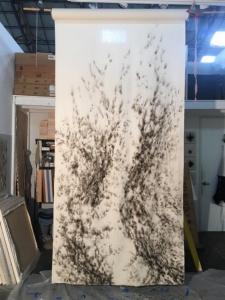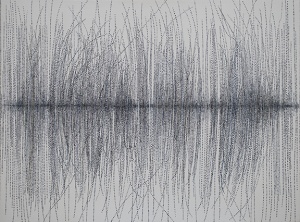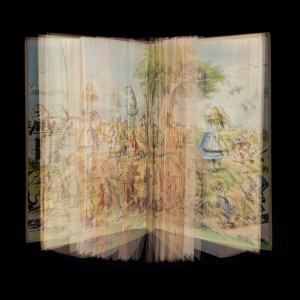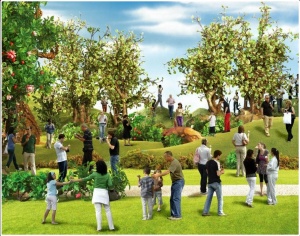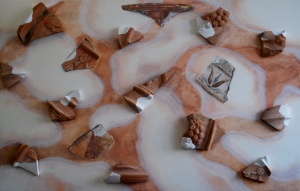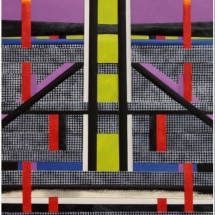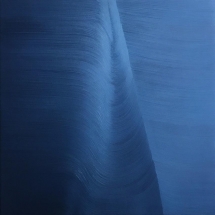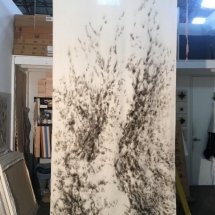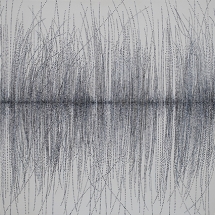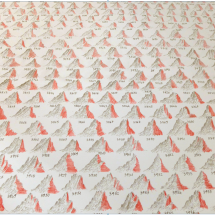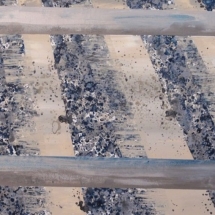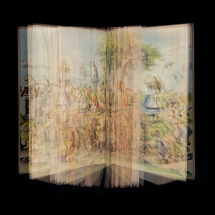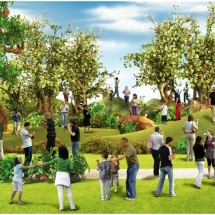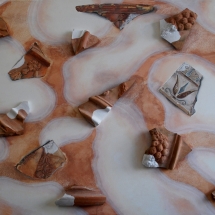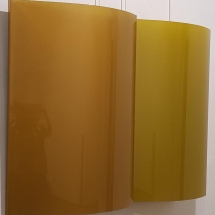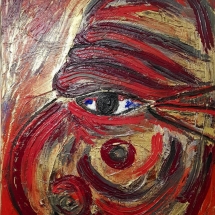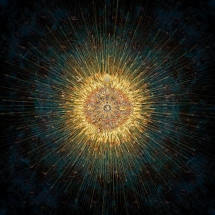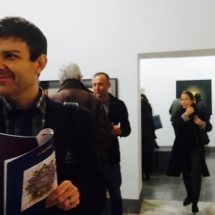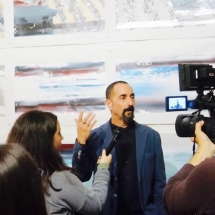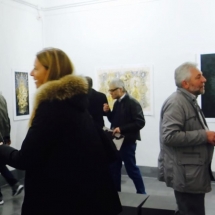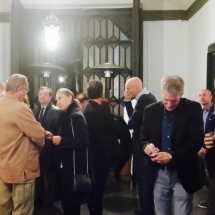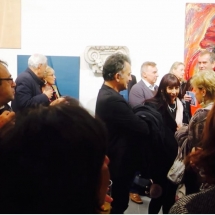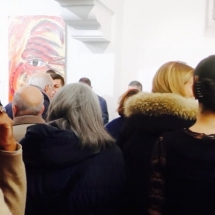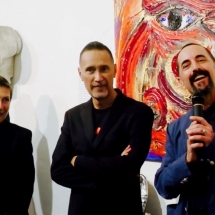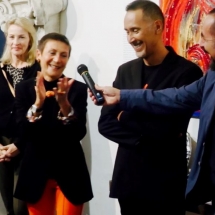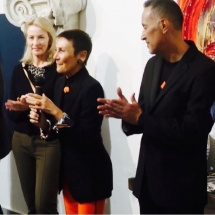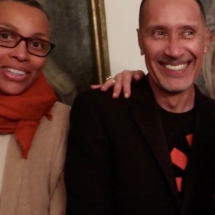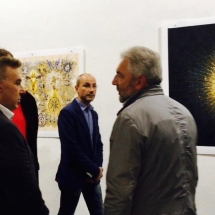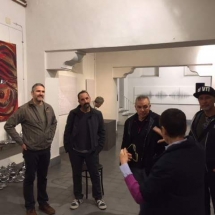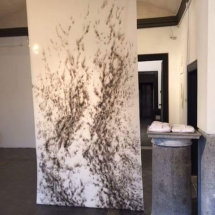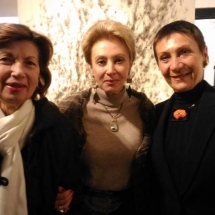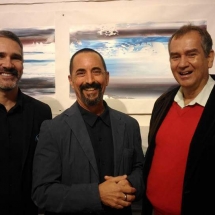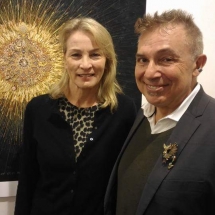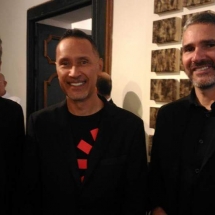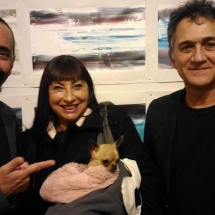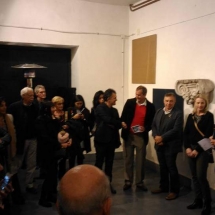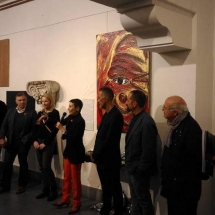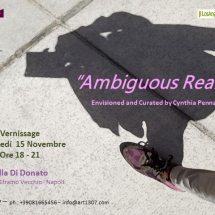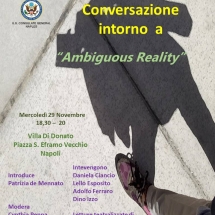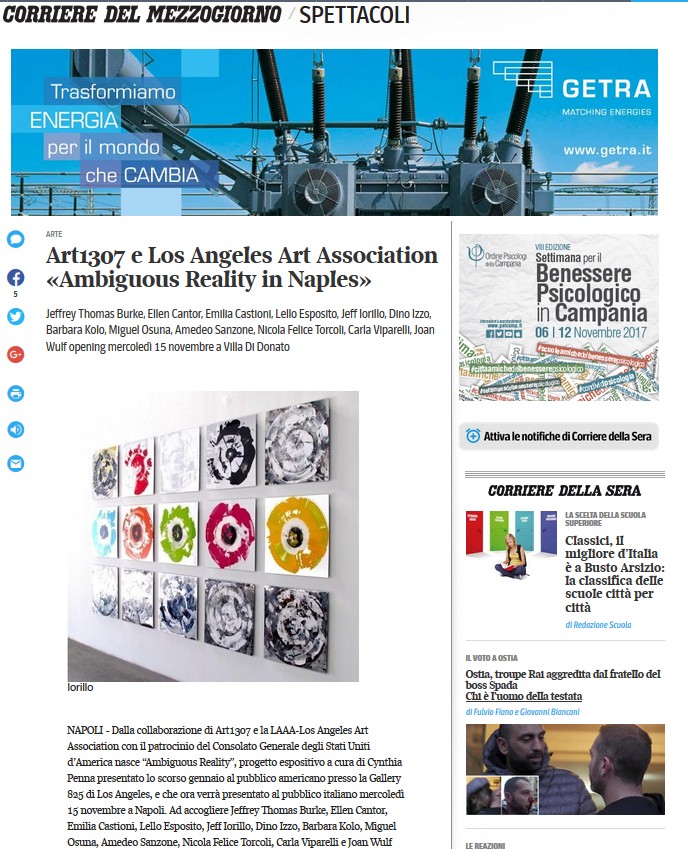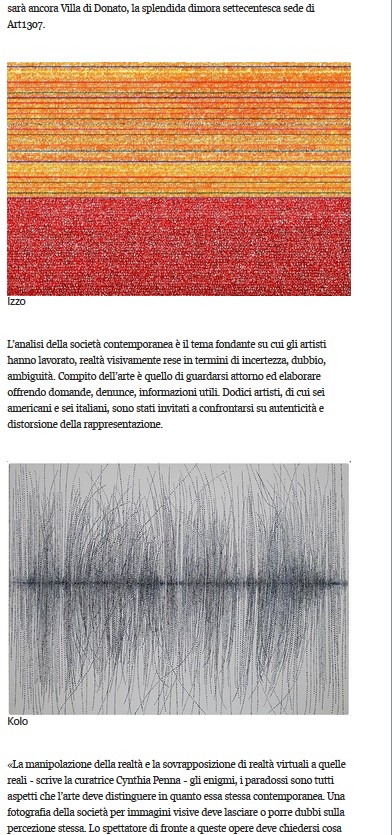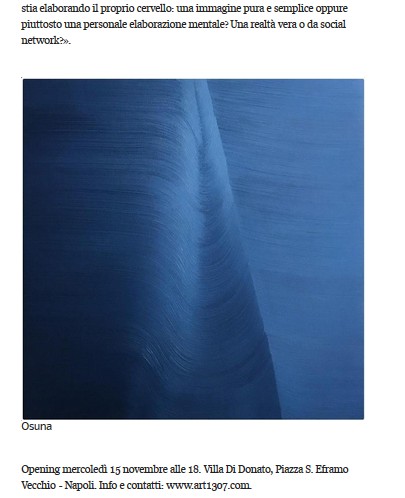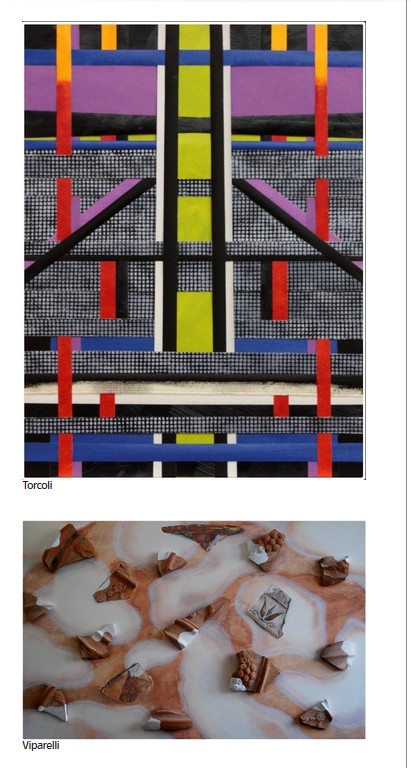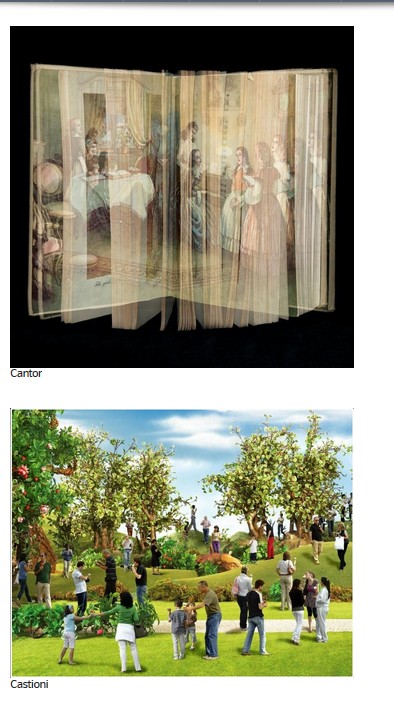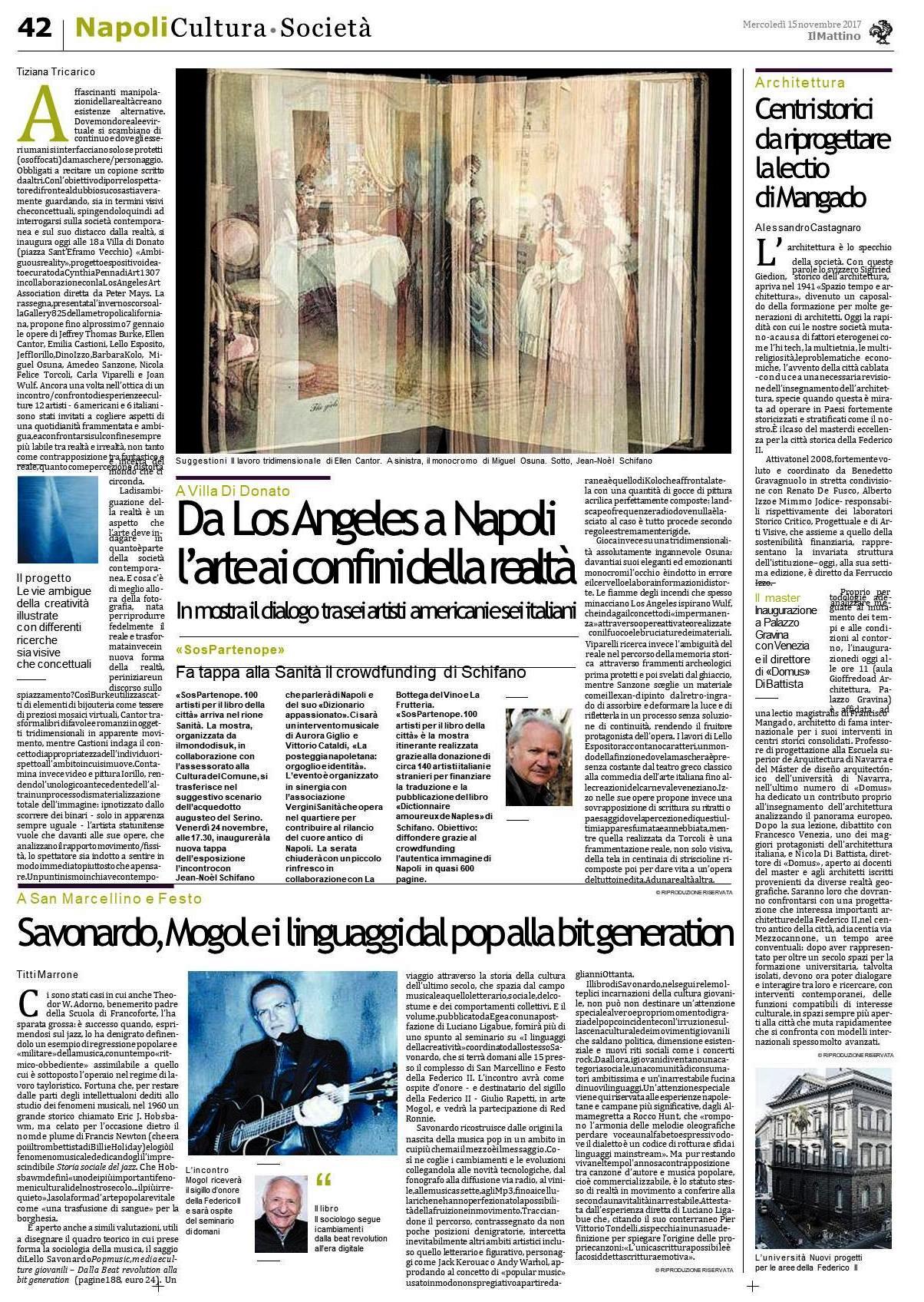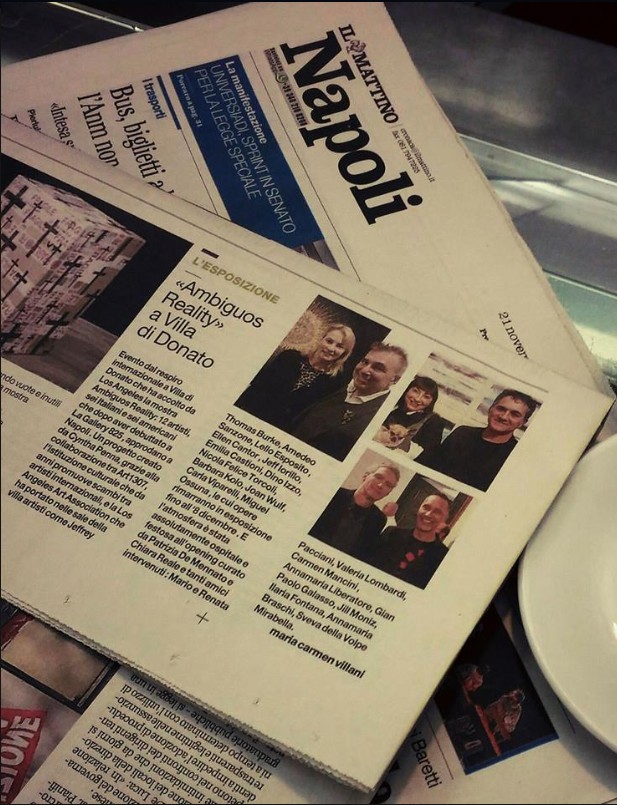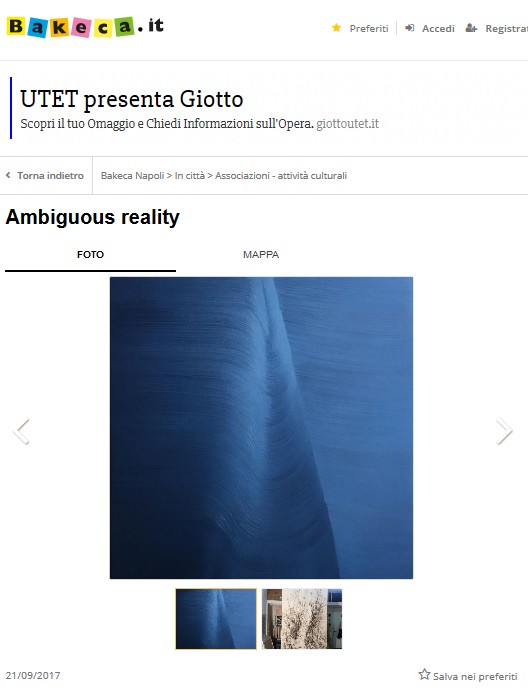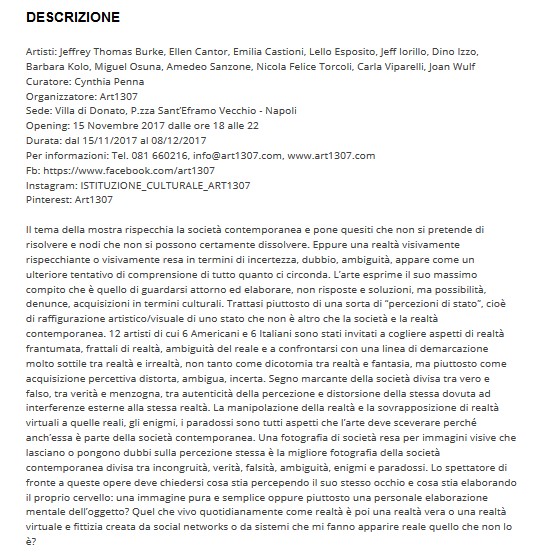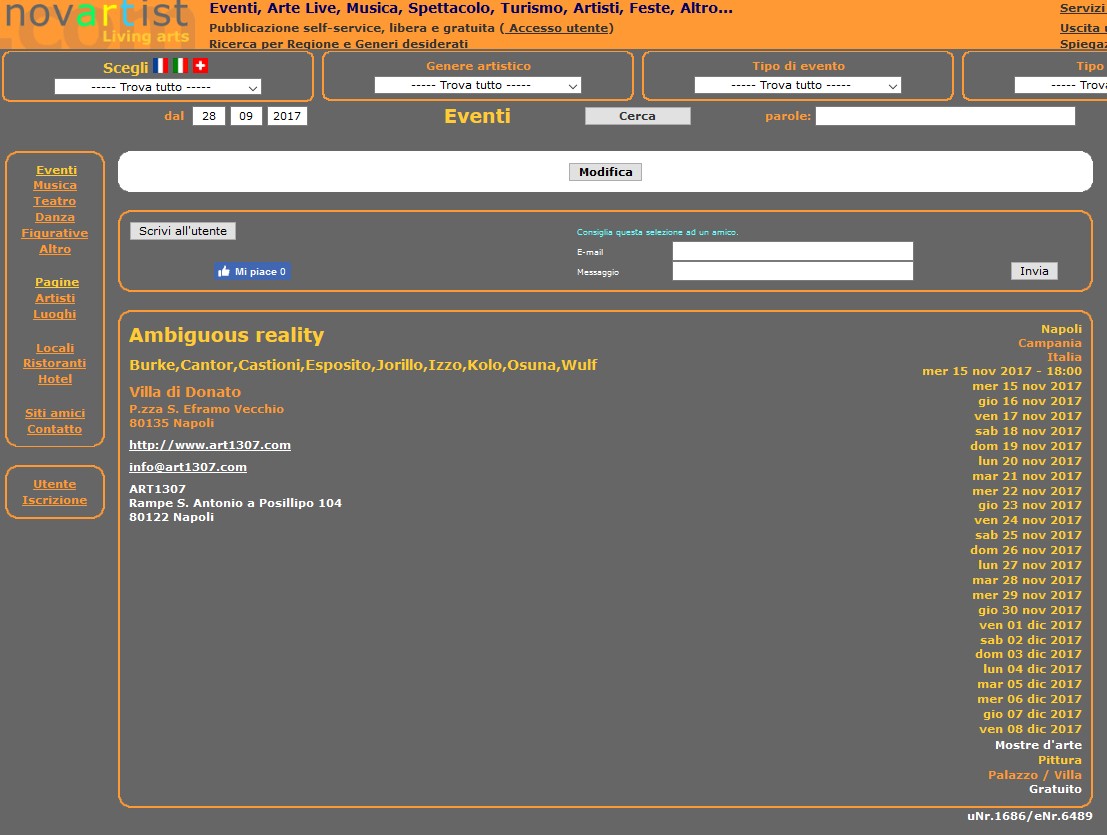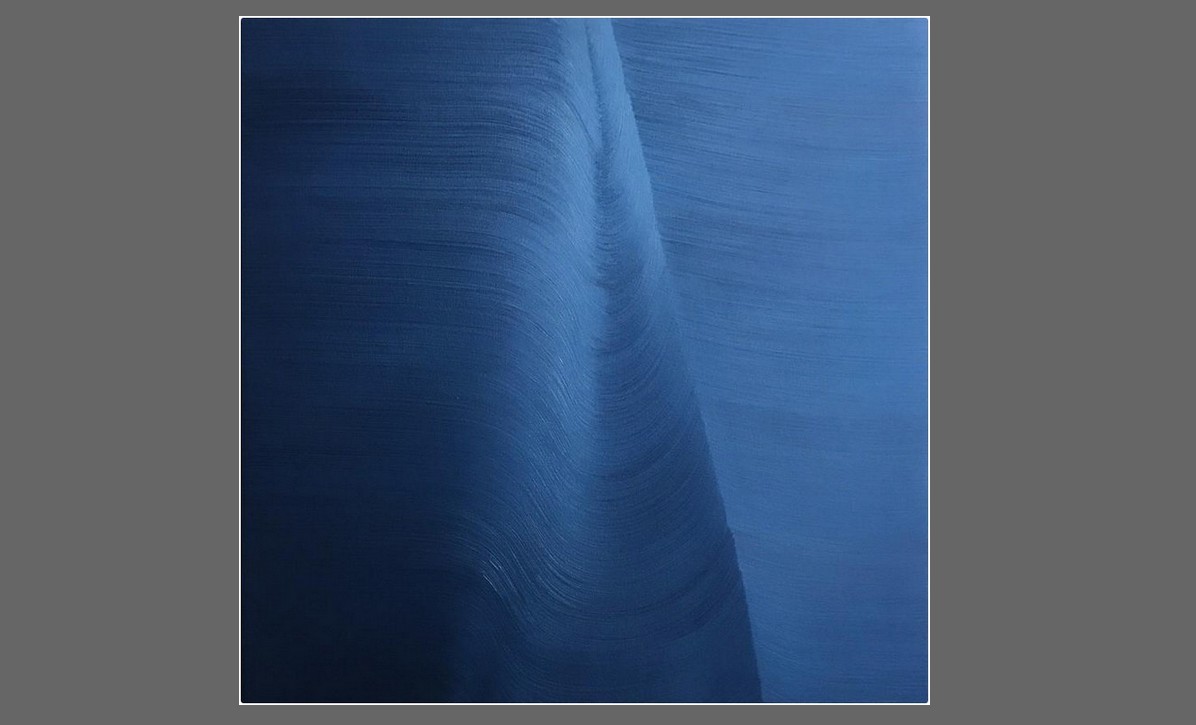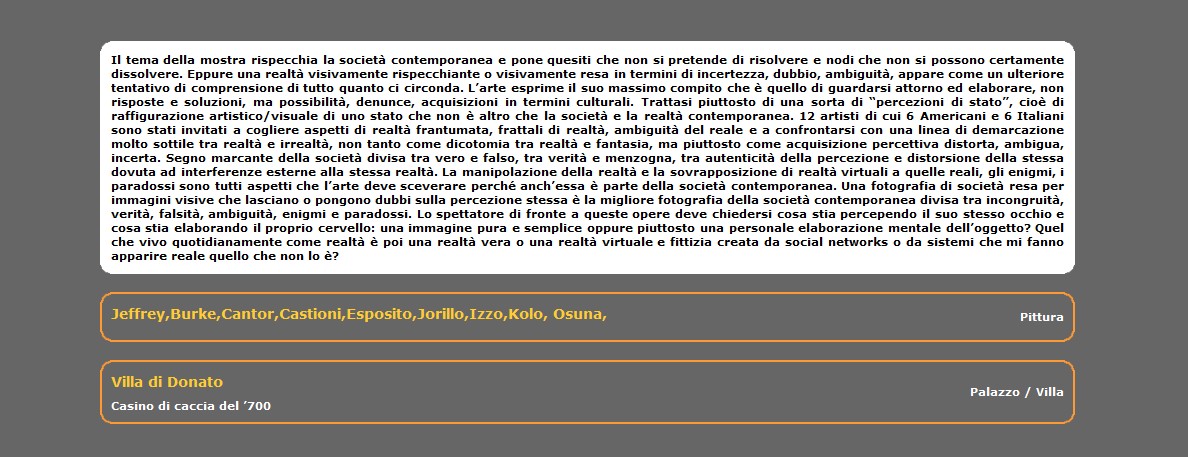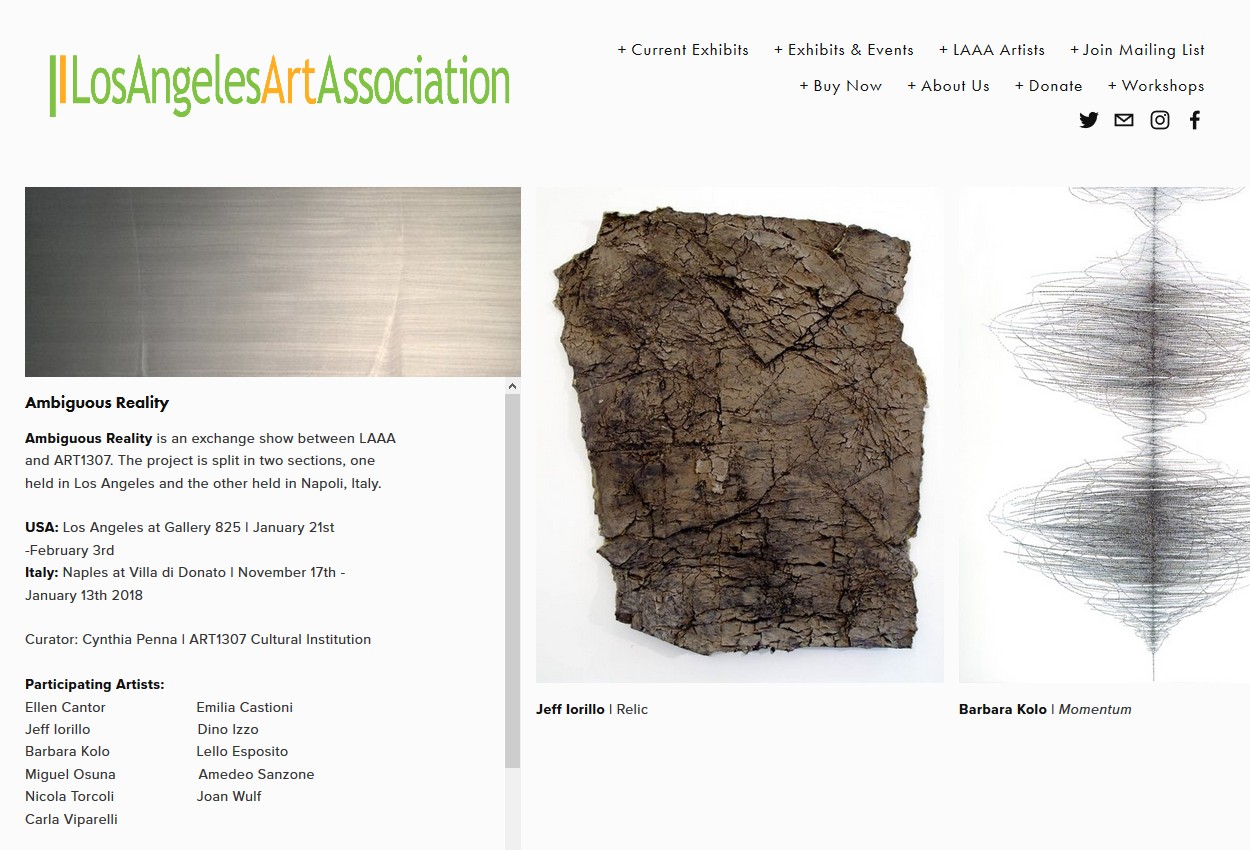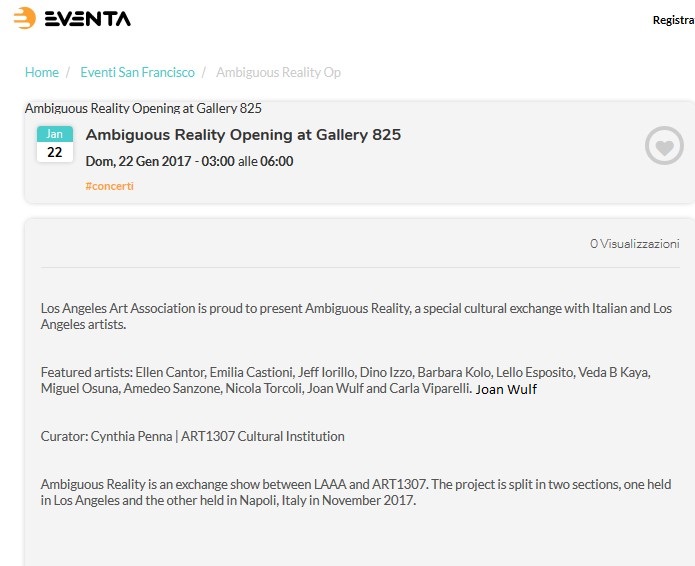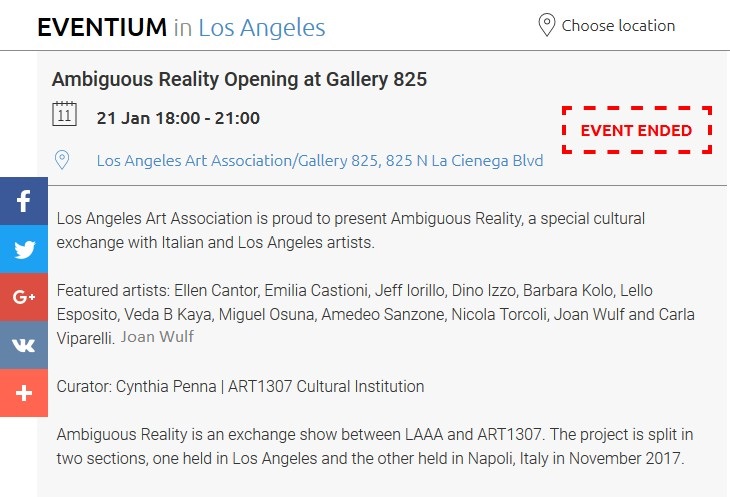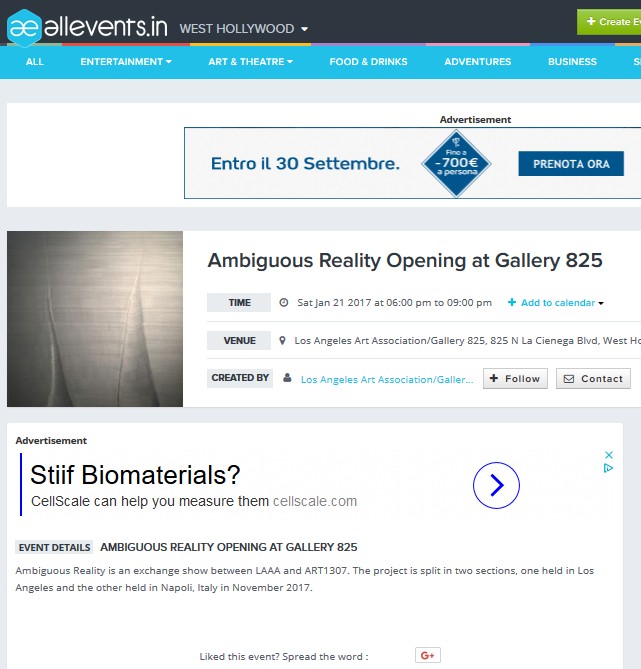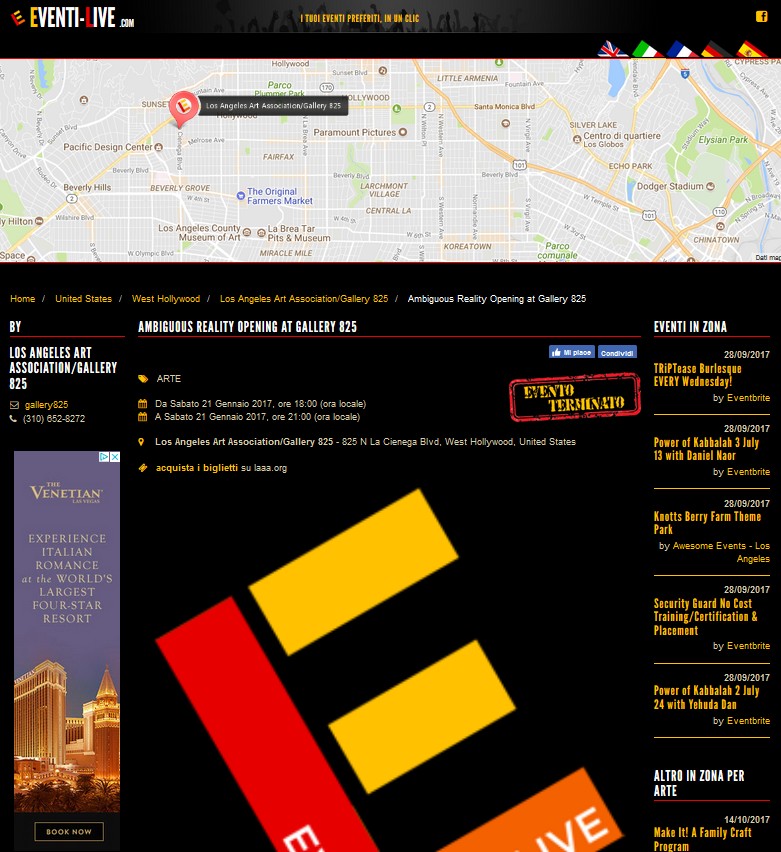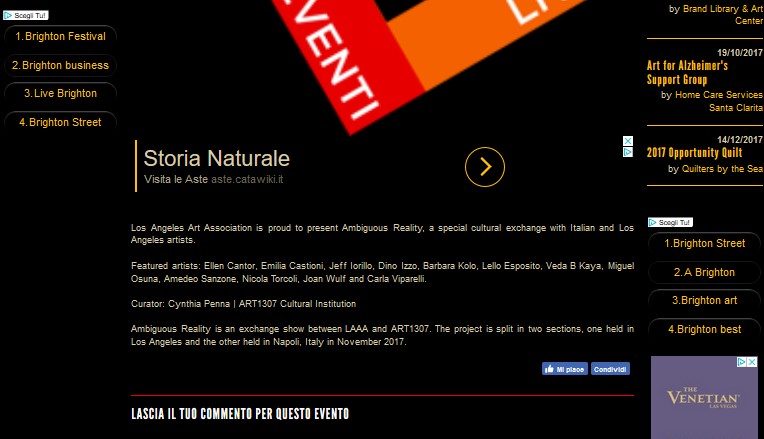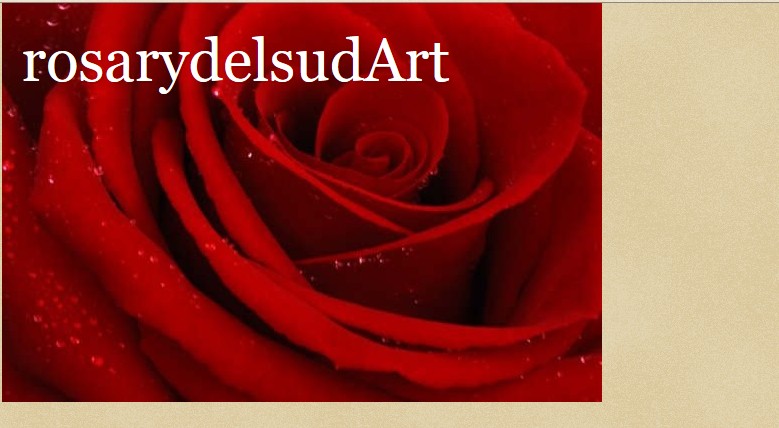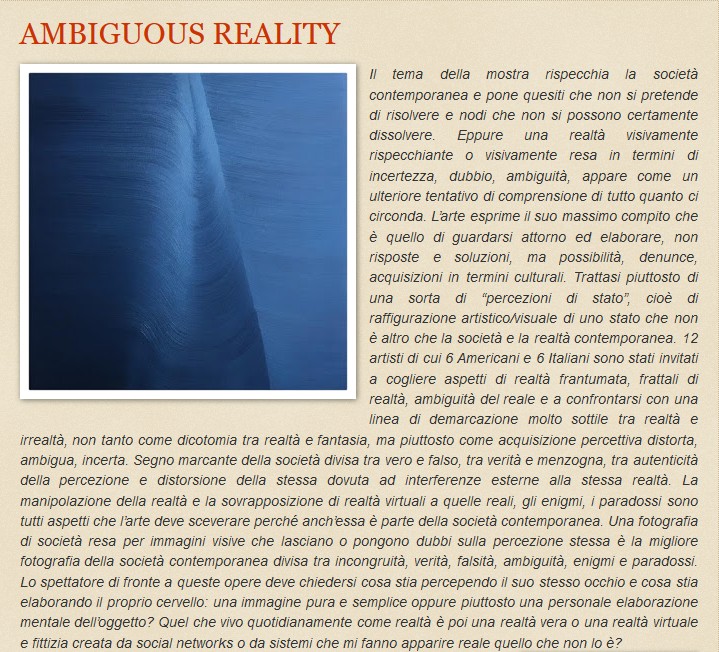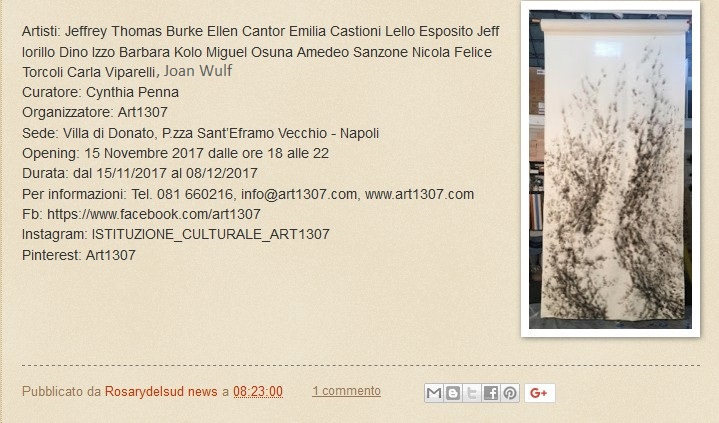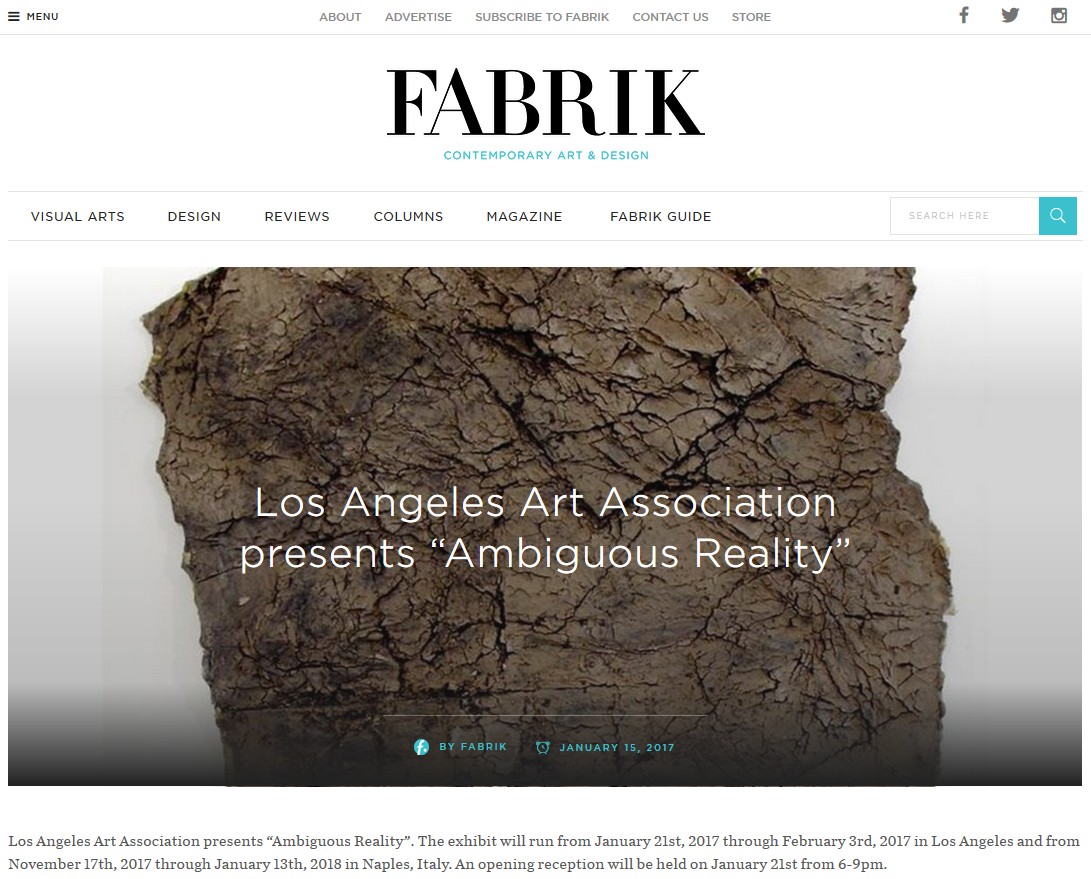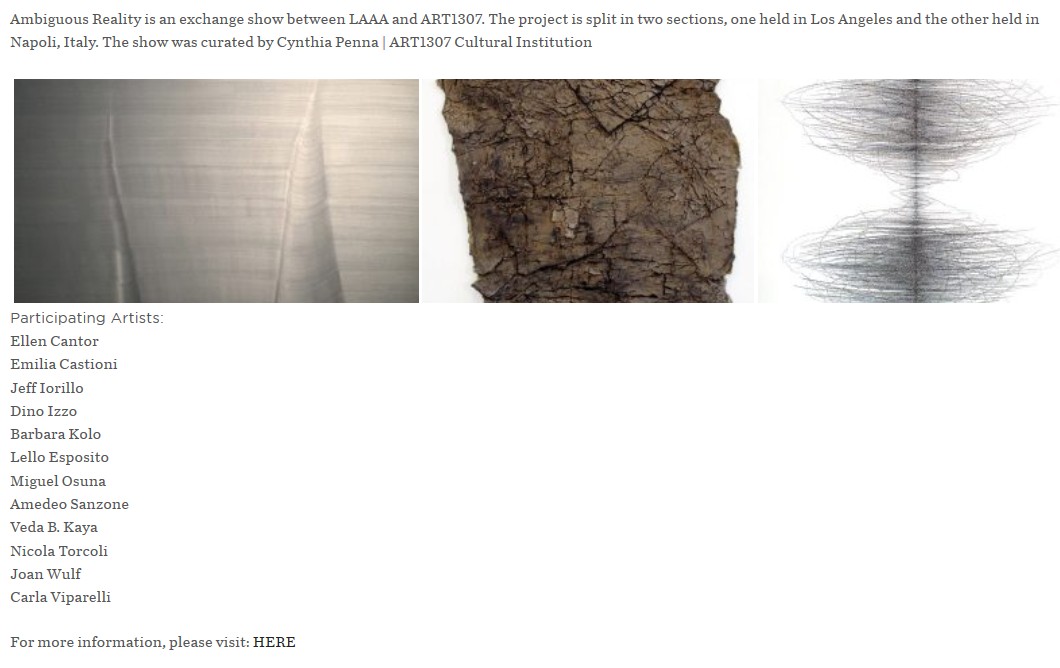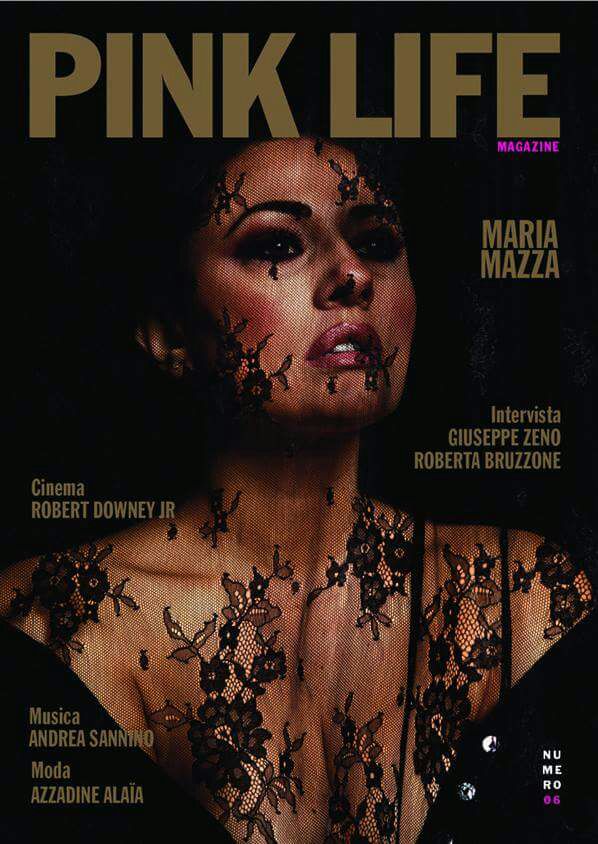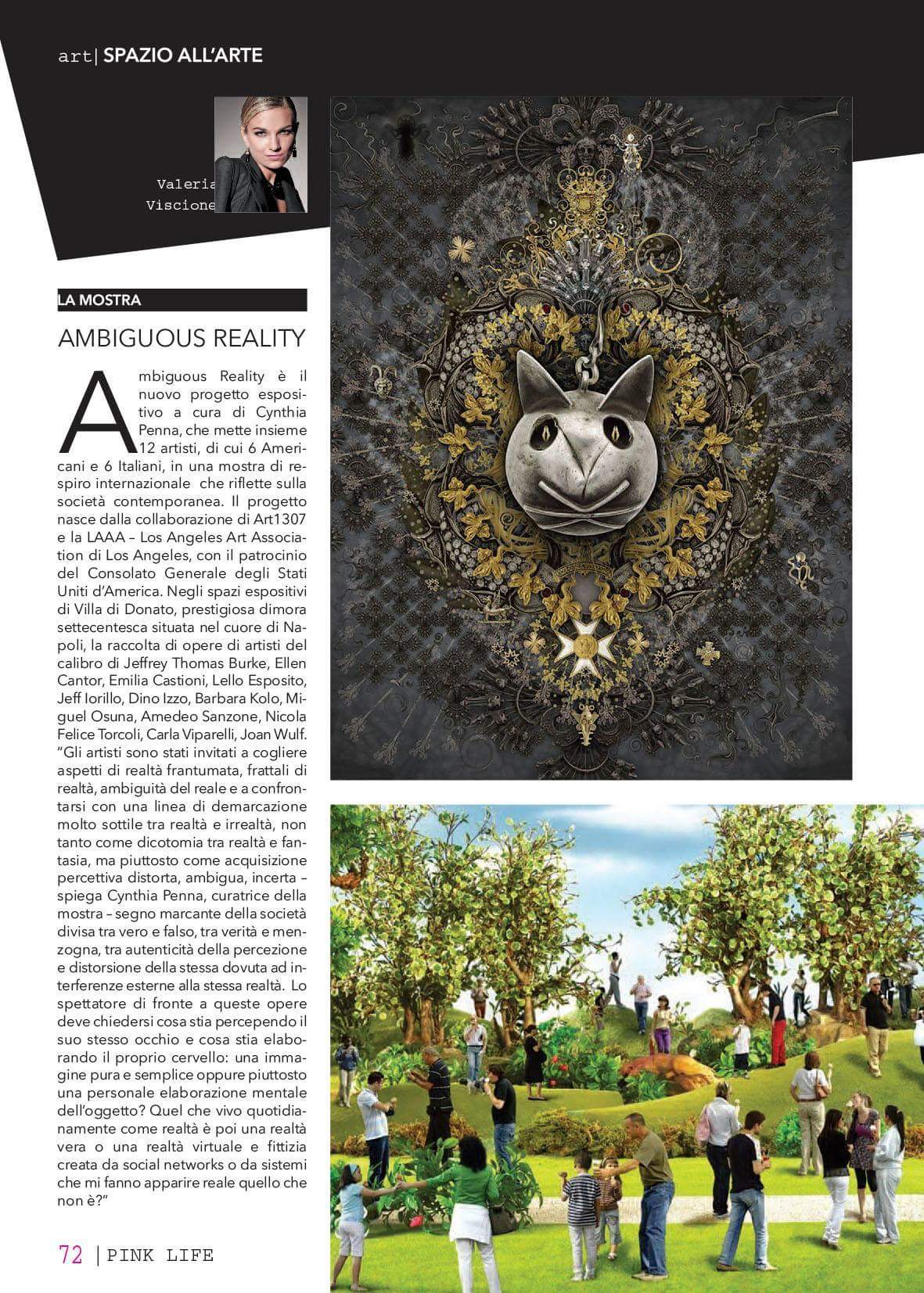Ambiguous Reality in Naples
Mostra scambio a Napoli con artisti italiani e della LAAA
di Los angeles
Jeffrey Thomas Burke Ellen Cantor Emilia Castioni Lello Esposito Jeff Iorillo Dino Izzo Barbara Kolo Miguel Osuna Amedeo Sanzone Nicola Felice Torcoli Carla Viparelli Joan Wulf
Villa Di Donato, Piazza S. Eframo Vecchio – Napoli
Dal 15/11/2017 al 08/12/2017
Curatore: Cynthia Penna
Ufficio stampa: Chiara Reale per ART1307
COMUNICATO STAMPA
AMBIGUOUS REALITY
Il tema della mostra rispecchia la società contemporanea e pone quesiti che non si pretende di risolvere e nodi che non si possono certamente dissolvere.
Eppure una realtà visivamente rispecchiante o visivamente resa in termini di incertezza, dubbio, ambiguità, appare come un ulteriore tentativo di comprensione di tutto quanto ci circonda.
L’arte esprime il suo massimo compito che è quello di guardarsi attorno ed elaborare, non risposte e soluzioni, ma possibilità, denunce, acquisizioni in termini culturali.
Trattasi piuttosto di una sorta di “percezioni di stato”, cioè di raffigurazione artistico/visuale di uno stato che non è altro che la società e la realtà contemporanea.
12 artisti di cui 6 Americani e 6 Italiani sono stati invitati a cogliere aspetti di realtà frantumata, frattali di realtà, ambiguità del reale e a confrontarsi con una linea di demarcazione molto sottile tra realtà e irrealtà, non tanto come dicotomia tra realtà e fantasia, ma piuttosto come acquisizione percettiva distorta, ambigua, incerta. Segno marcante della società divisa tra vero e falso, tra verità e menzogna, tra autenticità della percezione e distorsione della stessa dovuta ad interferenze esterne alla stessa realtà. La manipolazione della realtà e la sovrapposizione di realtà virtuali a quelle reali, gli enigmi, i paradossi sono tutti aspetti che l’arte deve sceverare perché’ anch’essa è parte della società contemporanea. Una fotografia di società resa per immagini visive che lasciano o pongono dubbi sulla percezione stessa è la migliore fotografia della società contemporanea divisa tra incongruità, verità, falsità, ambiguità, enigmi e paradossi.
Lo spettatore di fronte a queste opere deve chiedersi cosa stia percependo il suo stesso occhio e cosa stia elaborando il proprio cervello: una immagine pura e semplice oppure piuttosto una personale elaborazione mentale dell’oggetto?
Quel che vivo quotidianamente come realtà è poi una realtà vera o una realtà virtuale e fittizia creata da social networks o da sistemi che mi fanno apparire reale quello che non lo è?
VIDEO
Mattina 9 – Arte: una realtà ambigua – 06/11/17
Highlights from the Ambiguous Reality opening in Naples last week! by Lorraine Triolo
Lorraine Triolo @ Ambiguous Reality Show in Napoli Italy November 2017
Ambiguous reality by NapoliVillage per ART1307
Informazioni aggiuntive
Testi Critici
Rassegna stampa
Patrocini
